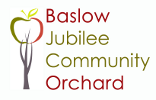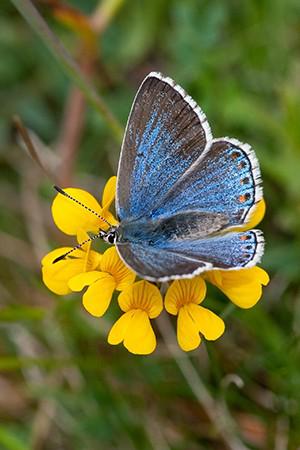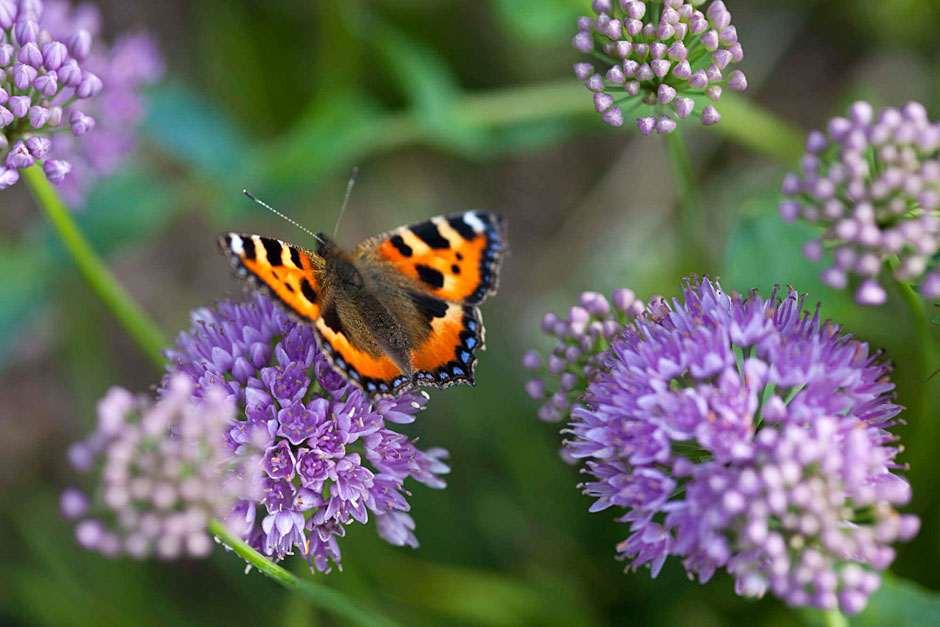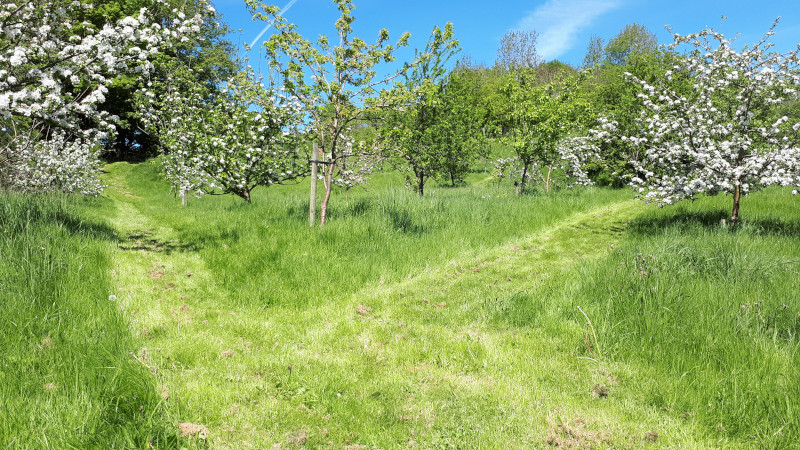Our orchard is bereft of colour and wildlife.
Except when the fruit trees blossom, our orchard has no flowers, and so no bees and no butterflies. We can fix this.
By adjusting the management of the small area around the trees in the manner of a “hay meadow”, we can add the colour of wild flowers. The flowers will bring the bees, butterflies and other insects. And these will bring birds as well. Our project is aligned with the local “Pollinating the Peak” initiative run by the Bumblebee Conservation Trust in partnership with the National Trust, Derbyshire Wildlife Trust, Chatsworth and others, and a long-term collaboration may be possible.
The large closely mown area in the middle, which is the majority of the orchard’s area, will remain unchanged, providing ample area for children’s games and picnics.
The photos above are of the common blue and small tortoiseshell butterfly. A regular butterfly survey undertaken in Baslow (part of the the UK Butterfly Monitoring Scheme) has found over 20 different species of butterflies locally. Since the butterflies feed on nectar from flowers, the presence of nectar-rich flowers through the year will inevitably attract these beautiful animals to the orchard.
One of the reasons we began the orchard project was a response to the gradual loss of traditional orchards across Britain: 90% of traditional orchards have been lost since the 1950s. By embarking the orchard project we were playing a small part in reversing that trend. It is a long-term project: the orchard’s value will increase gradually over the decades ahead, and it will become more valuable as the trees reach maturity and become a habitat for other species of plants and animals.
Another habitat that has been lost in Britain is the traditional hay meadow. As farming practices have changed species-rich meadows have been replaced by monoculture grass leys. Over 97% of our meadows have been eradicated since the 1930s.
Species-rich hay meadows support a wide variety of plants – grasses and flowering herbs. The variety of plants in turn support a variety of insects, including bees and butterflies.
Orchards have often been associated with meadows.
By promoting a “meadow” around the trees, while retaining the large area of short grass in the centre of the site, there is an opportunity to enhance the wildlife value of the orchard without losing the recreational facilities.
Other orchard groups have developed meadows as part of their orchards.
The Bradwell Community Orchard has adopted this practice: the photo above is of their orchard taken in May 2018. Other orchards with hay meadows include the Wylam Community Orchard, Northumberland and the National Trust manor house at Plas yn Rhiw.



